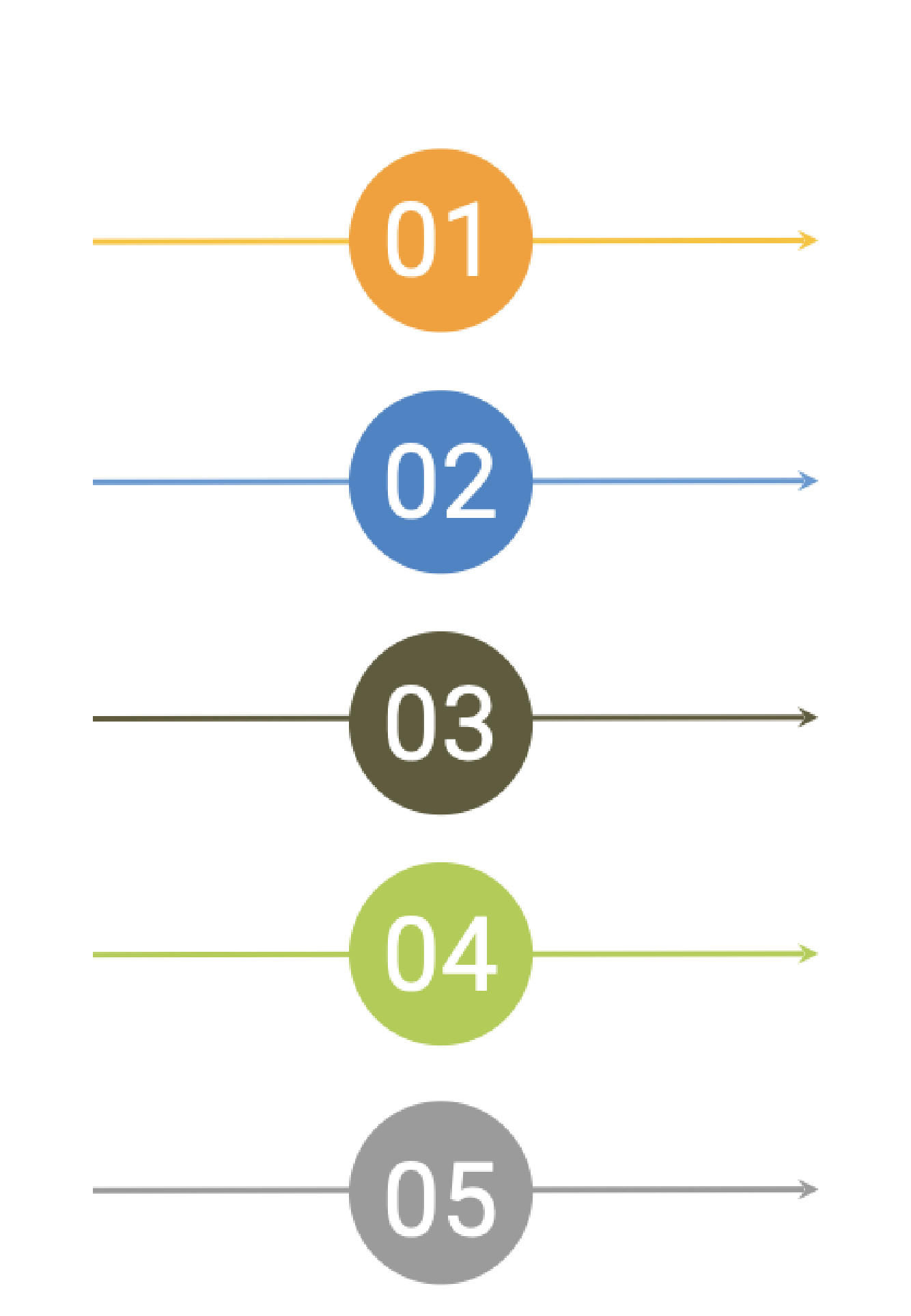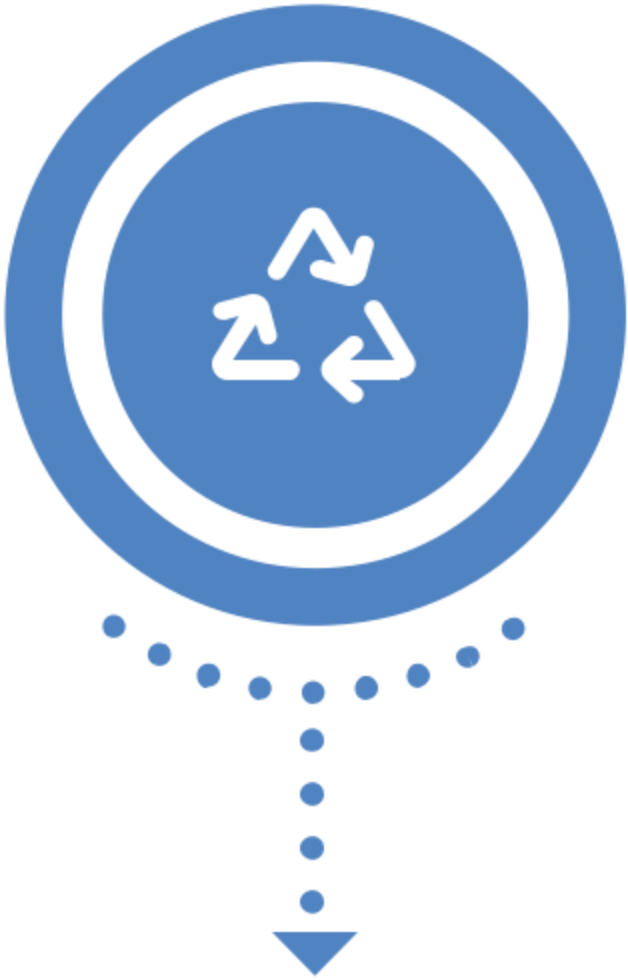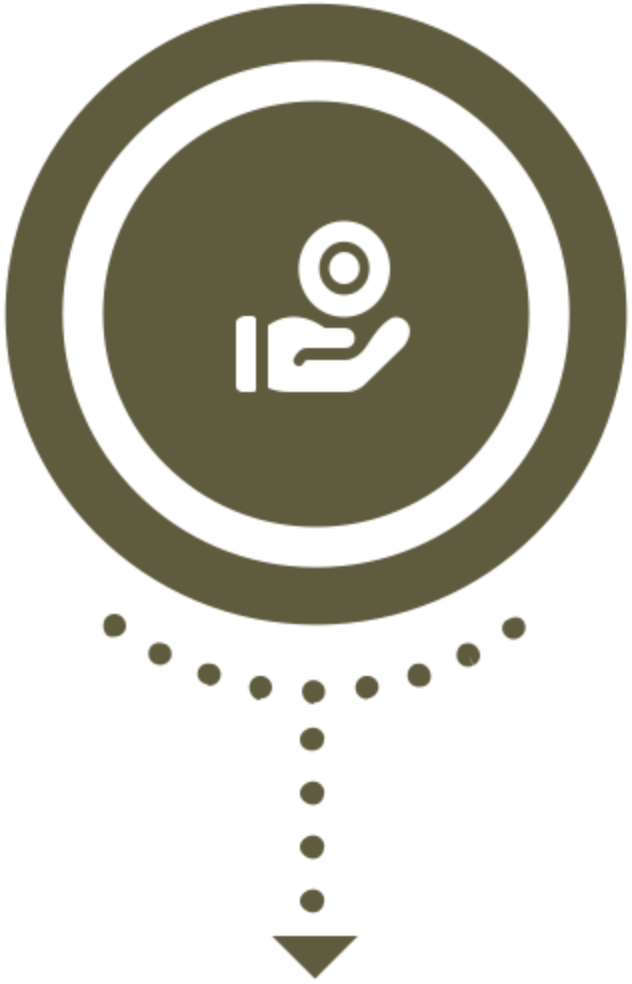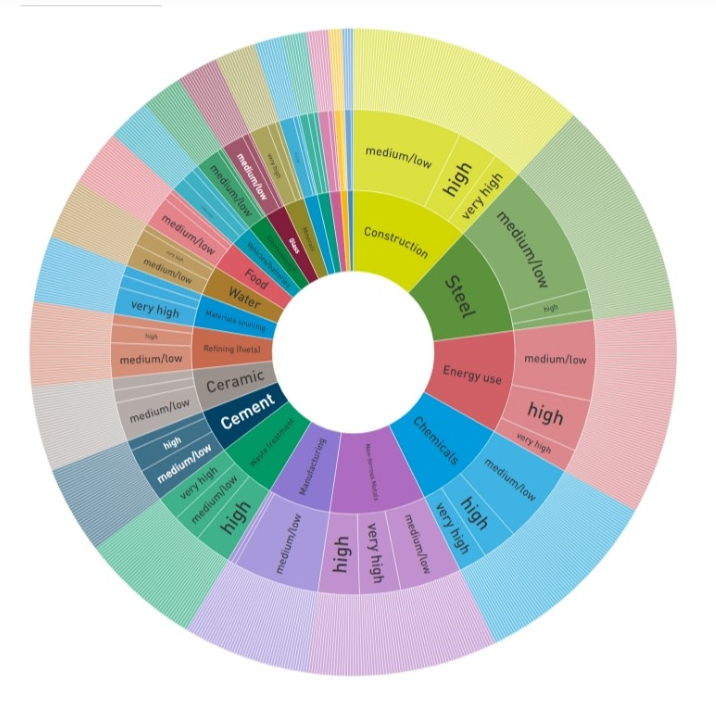The Roadmap
The main target audiences of the roadmap are Technical Boards responsible for overseeing the standardisation programme within the two European Standards Organisations: CEN and CENELEC and the European Commission to consider RISERS findings and recommendations in the preparation of the annual EU work programme for the European standardisation.
When developing the Roadmap, RISERS will liaise, when relevant, with the High Level Forum on European Standardisation contributing to its objective to support a more green and resilient single market by identifying future standardisation priorities.
Our Roadmap for (IS) Standardisation will be based on 5 core elements
Definition of priority synergies and resources
Identification of opportunities for synergies within and across sectors
A comprehensive mapping of the existing industrial symbiosis standardisation landscape
Evidence base provided by R&D
Engagement, collective knowledge and experience of experts and practitioners from diverse sectors including industry, policy, academia, and standardisation bodies


Following the broad scope of resources provided by the CWA definition of IS, the RISERS Roadmap will focus on three key streams: materials, energy or services as subjects of symbiosis which can be shared or exchanged between the sending (source) and the receiving (sink) sectors that participate in IS synergies.

Materials
Resources, waste , emissions, critical materials, by/side products, etc.

Energies
Heat/steam, electricity, nuclear, hydrogen, renewable energy sources, etc.

Services
Facilitation, infrastructure, logistics, transport, engineering, platforms, etc.
Material exchanges contribute to the circularity and zero-pollution strategy, energy exchanges support the climate neutrality ambitions while services contribute to the green and digital agenda.
The foundation for the RISERS roadmap is a thorough assessment of the current standardisation landscape in support of IS. Based on this assessment, gaps will be identified and validated with stakeholders during dedicated engagement workshops. These workshops will result in recommendations for further actions in standardisation.
The Roadmap will consider two directions of action

revising current standards (especially for well-known synergies)
initiating the process of new standards development (especially for newer technologies and pilot-scale synergies).
New standards can be developed by existing technical committees, or where no suitable technical committees exist, RISERS will recommend establishing a dedicated new body.
Interactive Standards Mapping
The Interactive Standards Mapping, was developed by DIN (German Institute for Standardisation) and is accessible on the DIN website: https://din.de/go/risers
It is an interactive tool designed to facilitate industrial symbiosis. The wheel-shaped map is divided into segments, with each one representing a specific resource crucial for industrial operations.
These resources include: construction, steel, energy use, chemicals, non-ferrous metals, manufacturing, waste treatment, cement, ceramic, refining (fuels), materials sourcing, water, food, vehicles/batteries, electronics/ICT, glass, minerals, lime, pulp and paper, textiles, fertilisers, and services (related to IMS/Data exchange).
Users can navigate through the wheel and explore different resources. Each resource is further divided into three levels: medium/low, high, and very high. Within each level, users can find the number and topic covered by each standard. This provides insights into the regulatory landscape within various industrial sectors.


